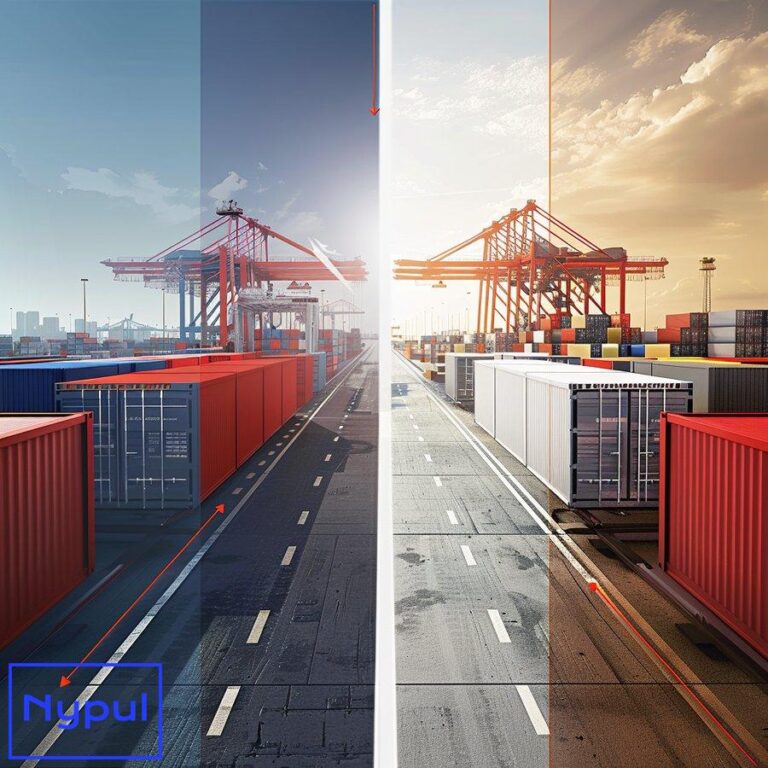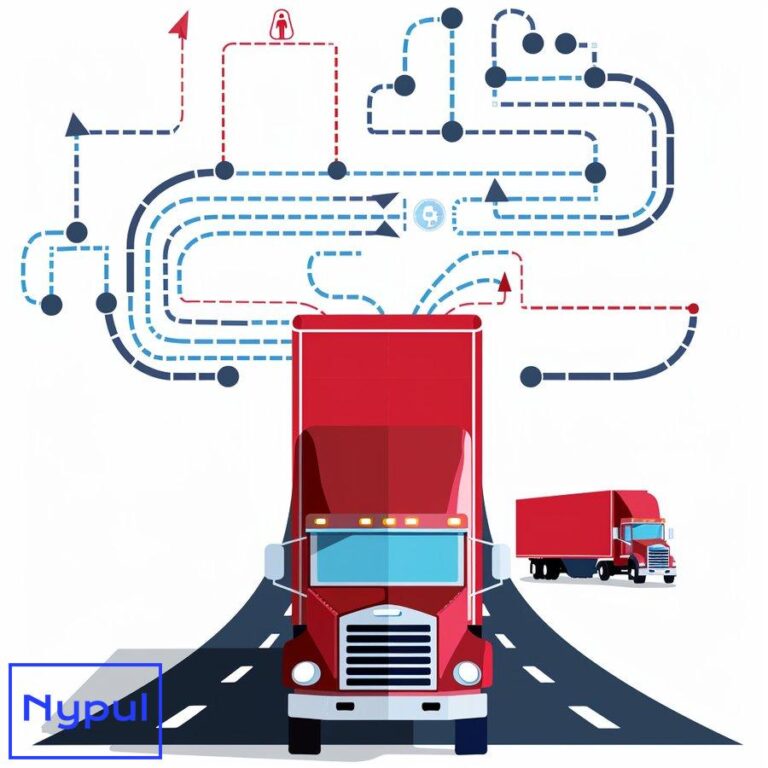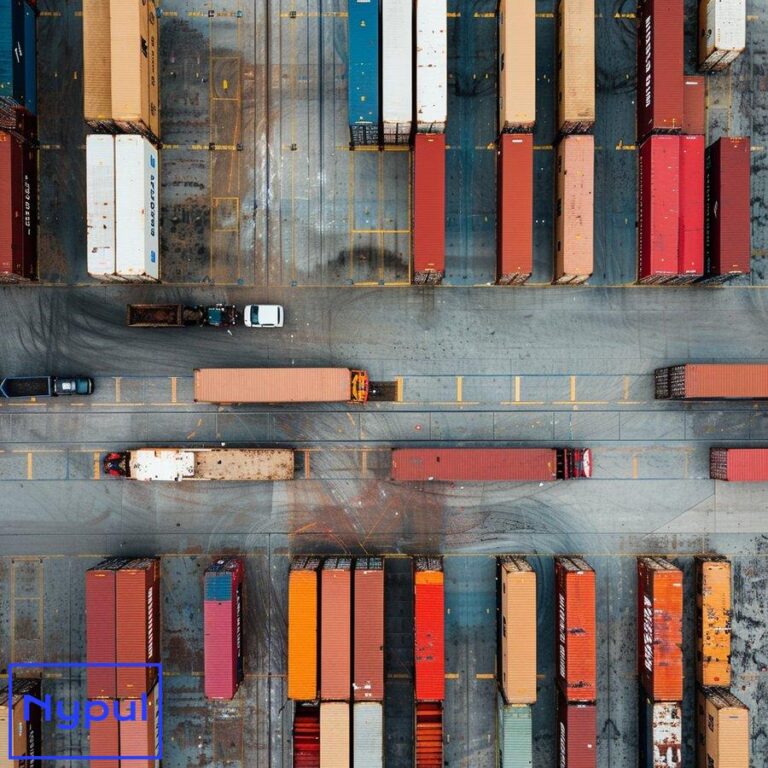What Are the Customs Procedures
What Are Customs Procedures and Why Are They Important?
Customs procedures encompass the series of steps that importers and exporters must follow to comply with the laws and regulations governing the movement of goods across international borders. These procedures are essential for ensuring that goods are legally imported or exported, that applicable duties and taxes are paid, and that the movement of goods aligns with national security and trade policies.
Understanding customs procedures is vital for businesses engaged in international trade. Non-compliance can lead to delays, fines, or even confiscation of goods. Therefore, familiarity with these procedures can significantly impact a company’s bottom line and reputation.
Importance of Customs Procedures:
-
Legal Compliance: Adhering to customs regulations prevents legal issues and penalties.
-
Efficient Trade: Streamlined customs processes facilitate faster movement of goods, enhancing supply chain efficiency.
-
Revenue Generation: Customs duties and taxes contribute to government revenue, which is vital for public services.
-
Security Measures: Customs procedures help prevent the smuggling of illegal goods, protecting national security.
Core Entities in Customs Procedures:
-
Importers: Entities that bring goods into a country.
-
Exporters: Entities that send goods out of a country.
-
Customs Authorities: Government agencies responsible for enforcing customs laws and regulations.
What Documents Are Required for Customs Clearance?
Customs clearance involves the submission of various documents to customs authorities to facilitate the legal entry or exit of goods. These documents provide essential information about the shipment, including its value, origin, and compliance with regulations.
Essential Documents for Customs Clearance:

-
Commercial Invoice: A detailed bill for the goods being shipped, outlining the transaction between the buyer and seller.
-
Packing List: A document that lists the contents of the shipment, including item descriptions, quantities, and packaging details.
-
Bill of Lading (BOL): A contract between the shipper and carrier that outlines the details of the shipment, including the destination and terms of transport.
-
Certificate of Origin: A document that certifies the country in which the goods were produced, often required to determine applicable tariffs.
-
Import/Export Licenses: Permits that may be required for certain goods, depending on national regulations.
-
Customs Declaration Form: A form submitted to customs authorities that provides information about the shipment, including its value and classification.
Table: Summary of Required Documents for Customs Clearance
| Document Type | Description | Purpose |
|---|---|---|
| Commercial Invoice | Detailed bill for goods | Transaction record |
| Packing List | List of shipment contents | Verification of items |
| Bill of Lading | Contract between shipper and carrier | Shipment terms and conditions |
| Certificate of Origin | Proof of goods’ country of origin | Tariff determination |
| Import/Export Licenses | Permits for specific goods | Regulatory compliance |
| Customs Declaration Form | Information about the shipment | Customs processing |
How Does the Customs Valuation Process Work?
Customs valuation is the process of determining the value of goods for the purpose of calculating duties and taxes. Accurate valuation is critical, as it directly impacts the amount payable to customs authorities.
Methods of Customs Valuation:
-
Transaction Value: The primary method, based on the price actually paid or payable for the goods when sold for export to the importing country.
-
Transaction Value of Identical Goods: Used when the transaction value cannot be determined; it compares the goods in question to identical goods previously imported.
-
Transaction Value of Similar Goods: This method applies to goods that are similar but not identical, allowing for a comparison of value.
-
Deductive Value Method: Based on the sale price of goods in the importing country after importation.
-
Computed Value Method: Based on the cost of production, including materials, labor, and overhead.
-
Fallback Method: A flexible approach that allows customs authorities to use reasonable means to determine value when other methods are not applicable.
Factors Influencing Customs Valuation:
-
Shipping Costs: Freight charges may be included in the customs value depending on the method used.
-
Insurance Costs: Insurance costs related to the shipment can also impact the total valuation.
-
Packaging Costs: The cost of packaging may be included in the valuation.
Table: Customs Valuation Methods Overview
| Valuation Method | Description | When to Use |
|---|---|---|
| Transaction Value | Price paid for the goods | Primary method |
| Transaction Value of Identical Goods | Value of previously imported identical goods | When transaction value cannot be determined |
| Transaction Value of Similar Goods | Value of similar goods | When identical goods are not available |
| Deductive Value Method | Sale price of goods in the importing country | After importation |
| Computed Value Method | Cost of production including materials and labor | When other methods are not applicable |
| Fallback Method | Reasonable means to determine value | When standard methods cannot be applied |
What Happens During the Customs Inspection and Clearance Process?
The customs inspection and clearance process involves several steps to ensure compliance with regulations and the accuracy of documentation. This process is crucial for maintaining the integrity of international trade.
Steps in the Customs Inspection Process:

-
Document Review: Customs authorities review all submitted documents to verify accuracy and compliance with regulations.
-
Risk Assessment: Customs may conduct a risk assessment to determine which shipments require physical inspection based on factors such as value, type of goods, and country of origin.
-
Physical Inspection: Selected shipments undergo physical inspection, where customs officials examine the contents to ensure they match the documentation and comply with regulations.
-
Release of Goods: Once the inspection is complete and all requirements are met, customs authorities release the goods for delivery.
-
Post-Clearance Audit: Customs may conduct audits after clearance to ensure compliance with regulations and verify the accuracy of declared values.
Importance of Customs Inspection:
-
Fraud Prevention: Inspections help prevent the smuggling of illegal goods and ensure accurate reporting of values.
-
Safety and Security: Customs inspections protect national security by ensuring that harmful or dangerous goods do not enter the country.
-
Revenue Protection: Inspections ensure that appropriate duties and taxes are collected, safeguarding government revenue.
Table: Customs Inspection Process Overview
| Step | Description |
|---|---|
| Document Review | Verification of submitted documents |
| Risk Assessment | Evaluation of shipment risk for inspection |
| Physical Inspection | Examination of goods to ensure compliance |
| Release of Goods | Authorization for delivery after successful clearance |
| Post-Clearance Audit | Follow-up audits to ensure ongoing compliance |
How Are Customs Duties and Taxes Calculated and Paid?
Customs duties and taxes are essential components of international trade, impacting the overall cost of imported goods. Understanding how these duties are calculated and paid is vital for importers and exporters.

Calculation of Customs Duties:
-
Ad Valorem Duties: Calculated as a percentage of the customs value of the goods. This is the most common method for calculating duties.
-
Specific Duties: Fixed fees based on the quantity or weight of the goods, regardless of their value.
-
Compound Duties: A combination of ad valorem and specific duties, applied to certain goods.
Factors Influencing Duty Rates:
-
Tariff Classification: The classification of goods under the Harmonized System (HS) determines applicable duty rates.
-
Country of Origin: Trade agreements and tariffs may vary based on the country from which the goods originate.
-
Import Quotas: Certain goods may be subject to quotas, affecting the amount that can be imported and the duties applied.
Payment of Customs Duties and Taxes:
-
Payment Methods: Duties can typically be paid via electronic funds transfer, credit card, or check, depending on the customs authority’s regulations.
-
Timing of Payment: Duties are usually paid at the time of customs clearance, although some countries may allow deferred payment options.
-
Record Keeping: Importers must maintain accurate records of all transactions, including duty payments, for compliance and audit purposes.
Table: Customs Duties Calculation Overview
| Duty Type | Description | Calculation Method |
|---|---|---|
| Ad Valorem Duties | Percentage of customs value | Value x Duty Rate |
| Specific Duties | Fixed fee based on quantity or weight | Quantity x Fixed Rate |
| Compound Duties | Combination of ad valorem and specific duties | Value x Duty Rate + Quantity x Fixed Rate |
What Are Special Customs Procedures for Specific Situations?
Certain situations require special customs procedures to accommodate the unique nature of the goods or the circumstances surrounding their import or export.
Special Customs Procedures:
-
Temporary Importation: Goods imported for a specific purpose (e.g., exhibitions) may be allowed to enter without payment of duties, provided they are re-exported within a specified timeframe.
-
Inward Processing: This procedure allows importers to process goods without paying duties, provided the processed goods are re-exported.
-
Outward Processing: Exporters can send goods abroad for processing without paying duties, as long as the processed goods are returned.
-
Customs Warehousing: Goods can be stored in a customs-approved warehouse without payment of duties until they are released for sale or export.
Importance of Special Procedures:
-
Flexibility: Special procedures provide businesses with flexibility in managing their supply chains.
-
Cost Savings: These procedures can lead to significant savings in duties and taxes for businesses engaged in processing or temporary use of goods.
-
Facilitation of Trade: Special procedures enhance trade facilitation by accommodating unique circumstances.
Table: Overview of Special Customs Procedures
| Procedure | Description | Benefits |
|---|---|---|
| Temporary Importation | Import for specific purposes without duties | Cost savings for temporary use |
| Inward Processing | Process goods without duties, re-export required | Flexibility in production |
| Outward Processing | Export goods for processing without duties | Cost-effective processing options |
| Customs Warehousing | Store goods without duties until released | Improved cash flow and inventory management |
How Can Importers and Exporters Ensure Customs Compliance?

Ensuring customs compliance is essential for avoiding penalties and facilitating smooth international trade. Importers and exporters can adopt several best practices to maintain compliance with customs regulations.
Best Practices for Customs Compliance:
-
Stay Informed: Regularly update knowledge of customs regulations, trade agreements, and changes in tariffs.
-
Accurate Documentation: Ensure that all required documents are complete, accurate, and submitted on time.
-
Engage Customs Brokers: Utilize the expertise of licensed customs brokers to navigate complex customs processes and regulations.
-
Implement Compliance Programs: Develop internal compliance programs to train staff on customs procedures and ensure adherence to regulations.
-
Conduct Regular Audits: Perform internal audits of customs processes to identify and rectify potential compliance issues.
Importance of Customs Compliance:
-
Avoid Penalties: Non-compliance can result in fines, delays, and confiscation of goods.
-
Enhance Reputation: A strong compliance record enhances a company’s reputation in international trade.
-
Facilitate Trade: Compliance ensures smoother customs clearance, reducing delays and improving supply chain efficiency.
Table: Best Practices for Customs Compliance
| Practice | Description | Benefits |
|---|---|---|
| Stay Informed | Regular updates on customs regulations | Enhanced knowledge and preparedness |
| Accurate Documentation | Ensure completeness and accuracy of documents | Reduced risk of delays and penalties |
| Engage Customs Brokers | Utilize experts for navigating customs processes | Improved compliance and efficiency |
| Implement Compliance Programs | Train staff on customs procedures | Consistent adherence to regulations |
| Conduct Regular Audits | Internal reviews of customs processes | Identification and rectification of issues |
In conclusion, understanding customs procedures is vital for anyone involved in international trade. From the documentation required for customs clearance to the complexities of customs valuation, each aspect plays a crucial role in ensuring compliance and facilitating the smooth movement of goods. By adopting best practices and staying informed, importers and exporters can navigate the customs landscape effectively, minimizing risks and enhancing their operational efficiency.



